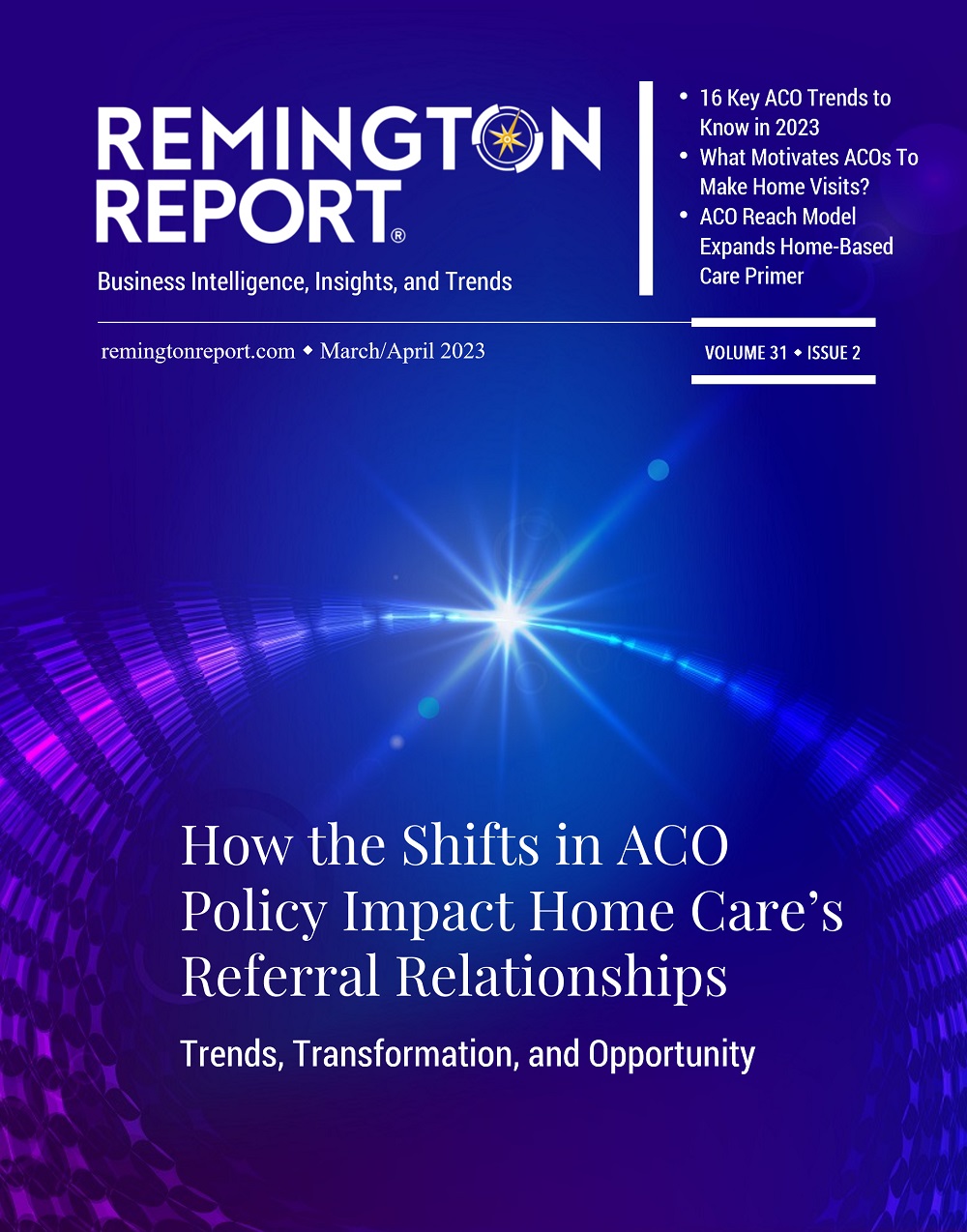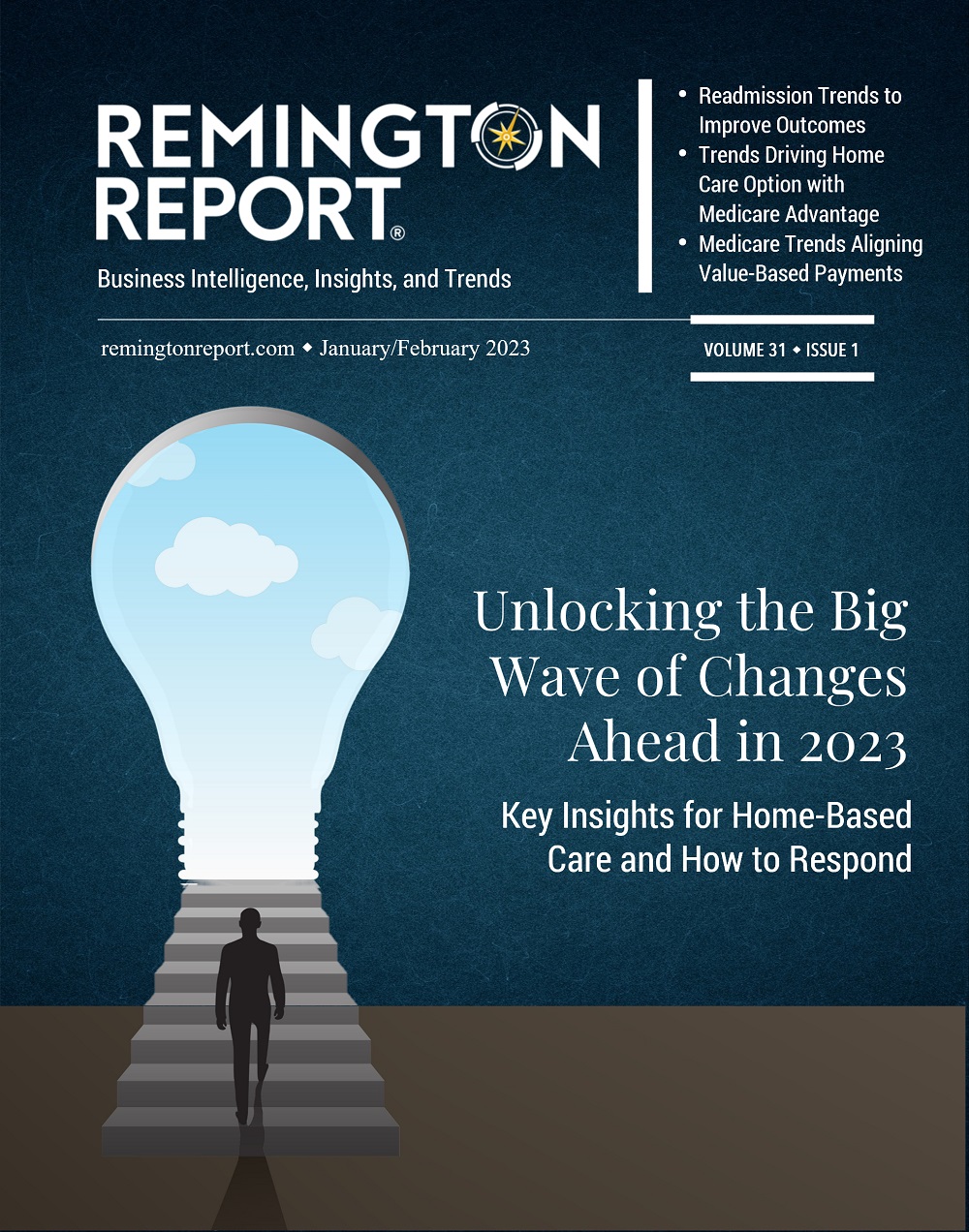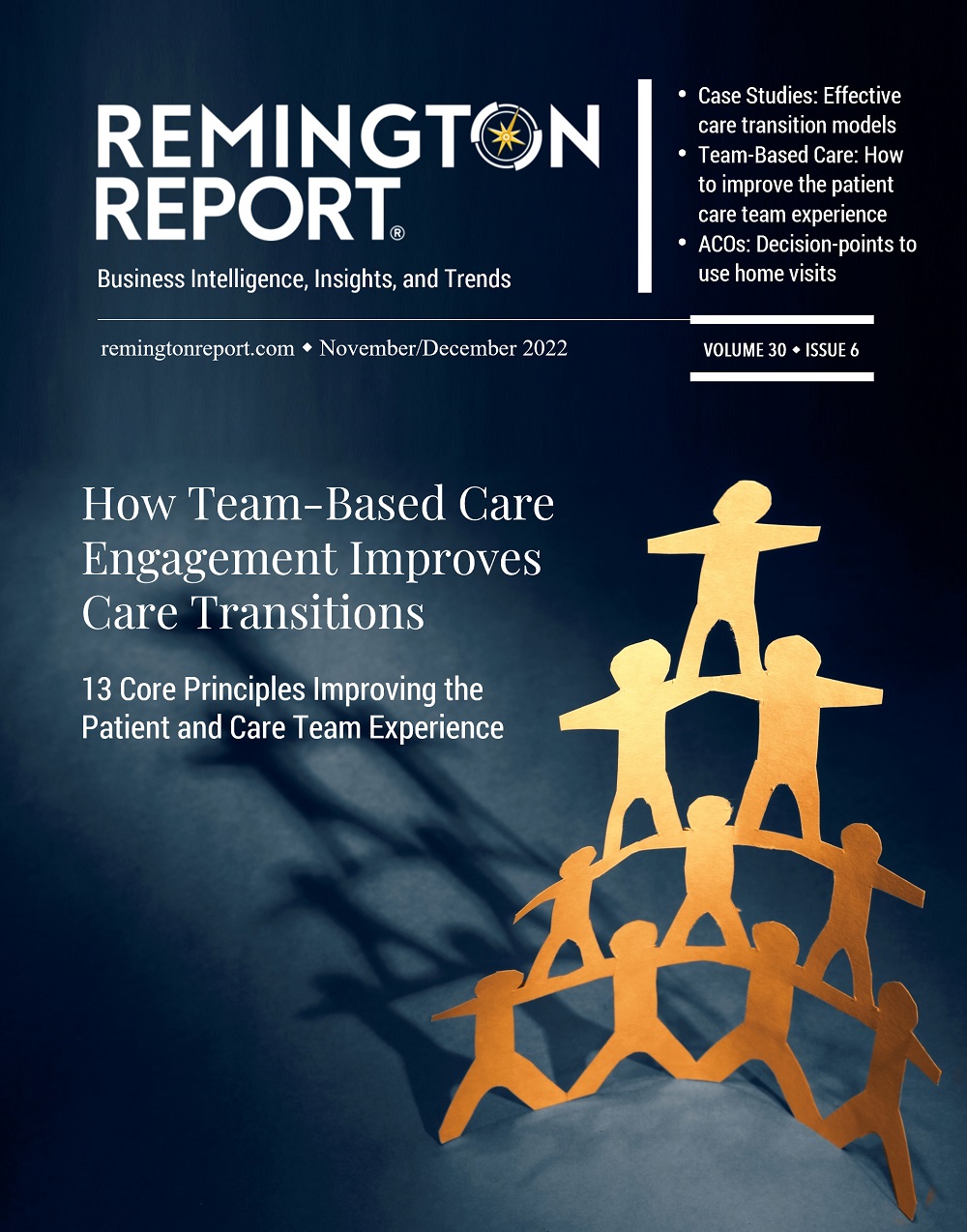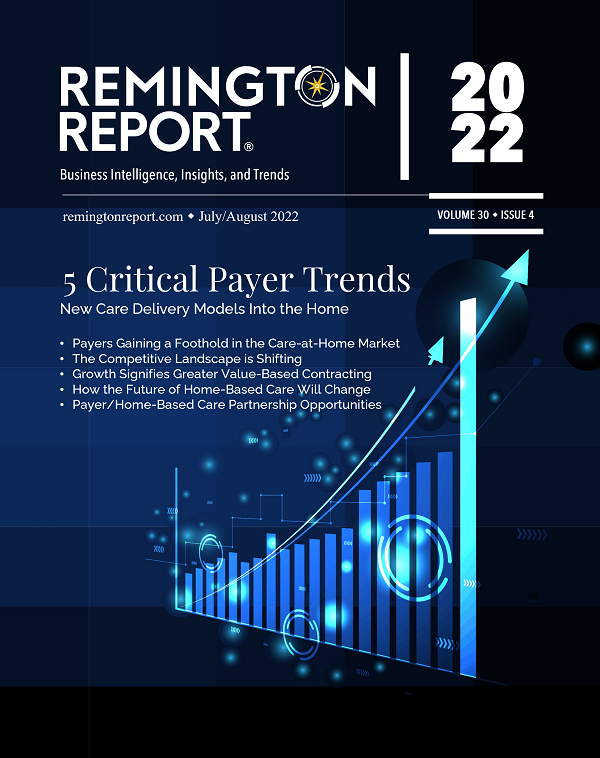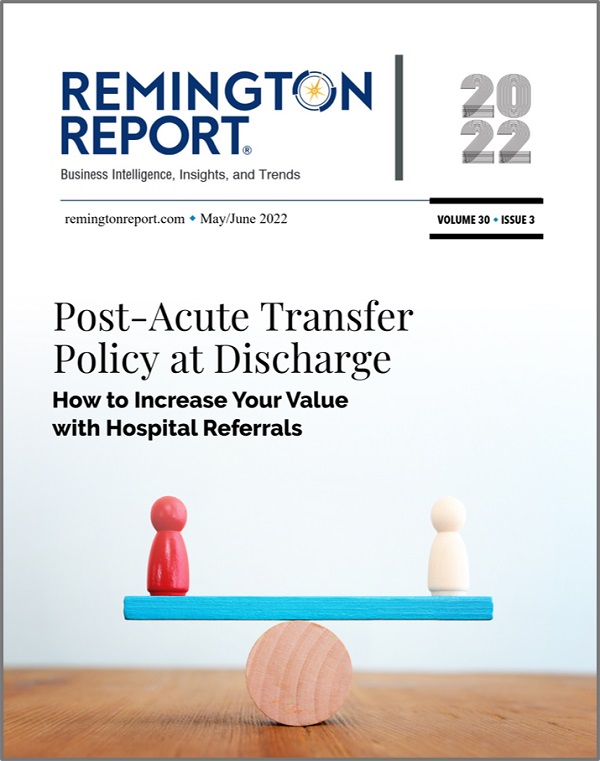The ACO Investment Model is an initiative developed by the Center for Medicare & Medicaid Innovation (Innovation Center) for organizations participating as ACOs in the Medicare Shared Savings Program (Shared Savings Program). The ACO Investment Model is a new model of pre-paid shared savings that builds on experience with the Advance Payment Model to encourage new ACOs to form in rural and underserved areas and current Medicare Shared Savings Program ACOs to transition to arrangements with greater financial risk.
The ACO Investment Model will be available to:
1) New Shared Savings Program ACOs that joined in 2015 or are joining in 2016. The ACO Investment Model seeks to encourage uptake of coordinated, accountable care in rural geographies and areas where there has been little ACO activity, by offering pre-payment of shared savings in both upfront and ongoing per beneficiary per month payments. CMS believes that encouraging participation in areas of low ACO penetration may spur new markets to focus on improving care outcomes for Medicare beneficiaries.
2) ACOs that joined the Shared Savings Program starting in 2012, 2013 or 2014. Here, the ACO Investment Model will help ACOs succeed in the Shared Savings Program and encourage progression to higher levels of financial risk, ultimately improving care for beneficiaries and generating Medicare savings.
“The structure of these payments addresses both the fixed and variable costs associated with making ongoing investments to improve care coordination for existing ACOs.”
Background
CMS is encouraging providers to participate in ACOs through the Medicare Shared Savings Program, which creates financial incentives for ACOs that lower growth in healthcare costs while meeting performance standards on quality of care and putting Medicare beneficiaries first.
Under the ACO Investment Model, ACOs that will begin participating in the Medicare Shared Savings Program on January 1, 2015 or January 1, 2016 will receive three types of payments:
- An upfront, fixed payment: Each ACO receives a fixed payment.
- An upfront, variable payment: Each ACO receives a payment based on the number of its preliminarily prospectively-assigned beneficiaries.
- A monthly payment of varying amount depending on the size of the ACO: Each ACO receives a monthly payment based on the number of its preliminarily prospectively-assigned beneficiaries.
The structure of these payments addresses both the fixed and variable costs associated with forming an ACO.
Existing ACOs
Under the ACO Investment Model, ACOs that began participating in the Medicare Shared Savings Program on April 1, 2012, July 1, 2012, January 1, 2013, or January 1, 2014 will receive two types of payments:
- An upfront, variable payment: Each ACO receives a payment based on the number of its preliminarily prospectively-assigned beneficiaries.
- A monthly payment of varying amount depending on the size of the ACO: Each ACO receives a monthly payment based on the number of its preliminarily prospectively-assigned beneficiaries.
Recovery of ACO Investment Model Payments
For ACOs already participating in the Shared Savings Program, CMS will recover the ACO Investment Model payments through an offset of an ACO’s earned shared savings. ACOs selected to receive ACO Investment Model payments will enter into an agreement with CMS that details the obligation to repay ACO Investment Model payments.
If the ACO does not generate sufficient savings to repay the ACO Investment Model payments as of the first settlement for the Shared Savings Program, CMS will continue to offset shared savings in subsequent performance years and any future agreement periods, or pursue recovery where appropriate.
For ACOs new to the Shared Savings Program in 2015 and 2016, CMS will recover payments from earned shared savings for as long as the participant remains in the Shared Savings Program ACO. CMS will pursue full recovery of pre-paid shared savings from any ACO that does not complete its initial Shared Savings Program agreement period or the full term of the ACO Investment Model agreement.
Eligibility/Selection
The ACO Investment Model is expected to help provide support to organizations whose ability to invest in infrastructure and redesigned care processes would be improved with additional access to capital.
In order to be eligible for the ACO Investment Model, an ACO already participating in the Shared Savings Program must meet the following criteria:
1) The ACO must be accepted into and participate in the Shared Savings Program. The ACO’s first performance period in the Medicare Shared Savings Program must have started in 2012, 2013, 2014, or 2015 or will start in 2016.
2) If the ACO started in the Medicare Shared Savings Program in 2012, 2013 or 2014, it has completely and accurately reported quality measures to the Medicare Shared Savings Program in the most recent performance year, excluding ACOs that started in 2015 or that will start in 2016.
3) The ACO has a preliminary prospective beneficiary assignment of 10,000 or fewer beneficiaries for the most recent quarter, as determined in accordance with the Shared Savings Program regulations. However, ACOs that started the Medicare Shared Savings Program in 2015 or will start in 2016, and are determined to be from a rural area using the application selection criteria, are permitted to exceed the 10,000 beneficiary assignment limit.
4) The ACO does not include a hospital as an ACO participant or an ACO provider/supplier (as defined by the Shared Savings Program regulations), unless the hospital is a critical access hospital (CAH) or inpatient prospective payment system (IPPS) hospital with 100 or fewer beds.
5) The ACO is not owned or operated in whole or in part by a health plan.
6) The ACO did not participate in the Advance Payment Model.
During the selection process, the ACO Investment Model will target new ACOs serving rural areas, areas of low ACO penetration, and existing ACOs committed to moving to higher risk tracks. CMS will also give preference to ACOs that provide high quality of care, achieved their financial benchmark, and demonstrate exceptional financial need.

Lisa Remington is widely recognized as one of the foremost futurists in the home care industry, focusing on healthcare trends and disruptive innovation. She serves as the president and publisher of the Remington Report magazine and is also the President of Remington’s Think Tank Strategy Institute. Lisa provides strategic advice and education to over 10,000 organizations, assisting them in developing transformative strategies for growth and their future implications. She closely monitors complex trends and forces of change to develop effective strategic approaches.



